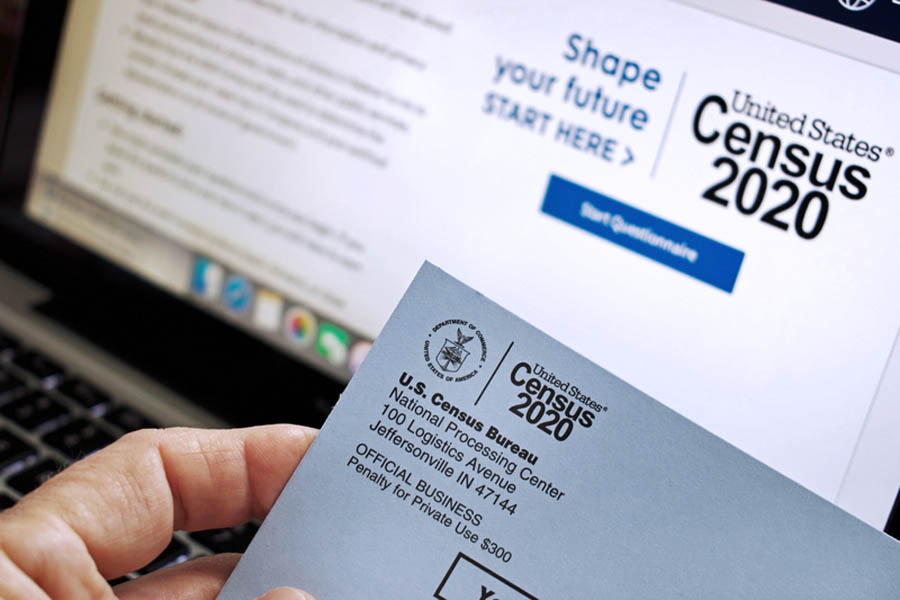US Census shows Puerto Rico’s population is ‘fewer, older’

The population trends in Puerto Rico reflected in the latest 2020 Census report will require the government to adopt strategies and policies to address a population situation very different from the one that has characterized the island.
Furthermore, there are fewer people living on the island and in this reduced population, the older cohorts have assumed greater importance.
This situation is reflected in the labor force, whose structure is changing, not only on the demand side, but also due to demographic change.
These are some of the conclusions in the recent economic report ETI Trends, by Estudios Técnicos Inc.
The report highlights how the Census revealed a notable loss of population in Puerto Rico between 2010 and 2020, as well as the aging of the residents.
“Overall, these trends will require local government to adopt strategies and policies geared towards creating jobs in a changing labor market, as a shrinking workforce will require labor market reforms to ensure that more workers remain and enter the workforce,” according to ETI Trends.
“As women in general tend to participate less in labor markets — in Puerto Rico the Labor Force Participation Rate of men is 49.5%, and women is 36% — to reduce the gender gap, female labor force participation needs to be encouraged,” the publication further notes.
“If older adults remain in the workforce for longer, a constant updating of skills will be necessary in the context of accelerated changes in technology and production processes,” it states.
According to the data revealed in August by the Census, in Puerto Rico there was a decrease in the total resident population of 439,915 between 2010 and 2020. This is in addition to the previous population loss of 85,211 people that had been registered in Puerto Rico in the 2010 Census.
The age composition of this population decline has been given less importance than the total loss, ETI Trends established.
Twenty-two percent of the decrease came from those 18 years and older, and 78% from minors. Therefore, Puerto Rico now has a population with a much higher median age than in 2010. In that year, age groups under 18 represented 24% of the population; in the 2020 Census, that proportion dropped to 17%, the report stated.
ETI Trends suggests that this development has serious implications for the economy and society, in terms of employment, savings, consumption, economic growth, the value of assets, and the need and type of social services.
For this reason, the demographic transition toward a smaller population and with a population composition in which a greater proportion of people are older, requires urgent treatment.
An example of how the demographic transition described impacts the economy is the fact that the rate of household formation has decreased from about 21,000 annually 20 years ago to just over 2,000 in 2019.
“That means less need for new homes and fewer expenses that these generate, and less expenses in durable goods such as cars, household goods and others,” the firm concluded in its analysis.
“The other important implication is that each employed person will have a greater burden in supporting older adults out of the workforce — 72% of employees are between the ages of 25 and 54. It isn’t unrealistic to think that in a few years one in three Puerto Ricans will be over 65 years of age,” the report further noted.














